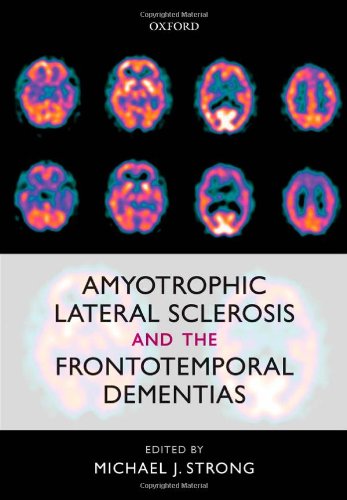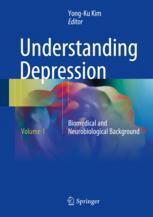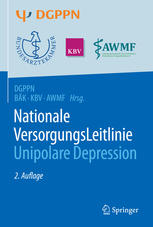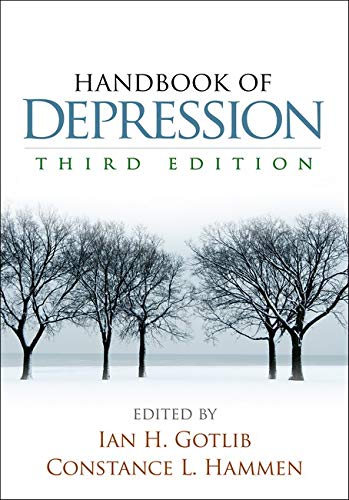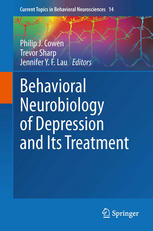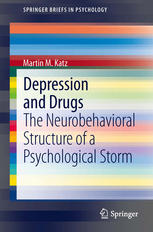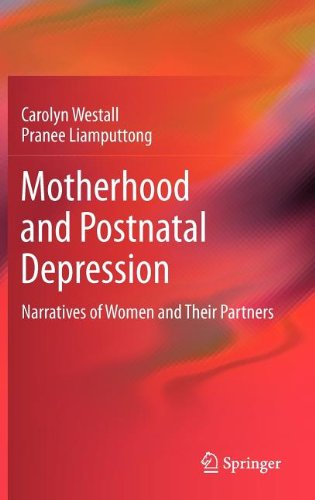اسکلروز جانبی آمیوتروفیک و زوال عقل فرونتوتمپورال ۲۰۱۲
Amyotrophic Lateral Sclerosis and the Frontotemporal Dementias 2012
دانلود کتاب اسکلروز جانبی آمیوتروفیک و زوال عقل فرونتوتمپورال ۲۰۱۲ (Amyotrophic Lateral Sclerosis and the Frontotemporal Dementias 2012) با لینک مستقیم و فرمت pdf (پی دی اف)
| نویسنده |
Michael J. Strong |
|---|
| تعداد صفحهها |
413 |
|---|---|
| نوع فایل |
|
| حجم |
6 Mb |
| سال انتشار |
2012 |
89,000 تومان
معرفی کتاب اسکلروز جانبی آمیوتروفیک و زوال عقل فرونتوتمپورال ۲۰۱۲
در طول ده سال گذشته، به رسمیت شناخته شده است که نشانگان اختلال عملکرد فرونتومپورال (FTD) در بیماران مبتلا به اسکلروز جانبی آمیوتروفیک (ALS) شایع است. چنین سندرم هایی ممکن است در 60 درصد بیماران مبتلا به ALS ظاهر شوند. در مقابل، ناهنجاری های نورون حرکتی به طور فزاینده ای در بیماران مبتلا به زوال عقل فرونتوتمپورال خالص از نظر بالینی شناسایی می شوند. این نشان می دهد که سندرم های تا حدودی همپوشانی وجود دارد که در آن هر دو ALS و FTD در یک فرد اتفاق می افتد. این جلد تحولات در درک ما از این دو اختلال و همچنین رابطه احتمالی بین آنها را خلاصه می کند. موضوعات اصلی شامل پیشرفت در توانایی ما برای توصیف بالینی سندرم های فرونتوتمپورال، تشخیص پیش بالینی، تصویربرداری عصبی و ژنتیک است. زمینه انفجاری نشانگرهای جدید در آسیب شناسی عصبی و همچنین نقش جهش های ژنتیکی جدید در سیستم های انتقال DNA/RNA در حال بررسی است. این کتاب متن مرجع ضروری برای این موضوع است و مورد توجه متخصصان مغز و اعصاب، کارآموزان مغز و اعصاب با علایق بالینی یا تحقیقاتی در FTD یا ALS، روانشناسان عصبی، آسیب شناسان عصبی و محققان خواهد بود.

